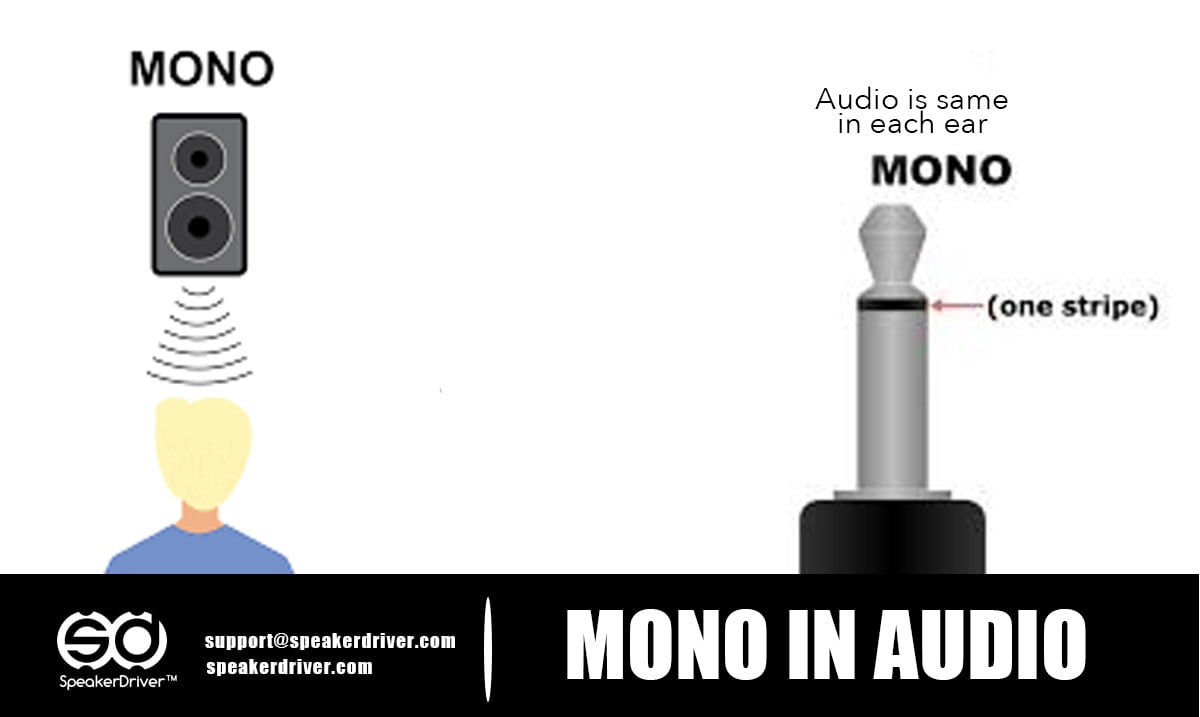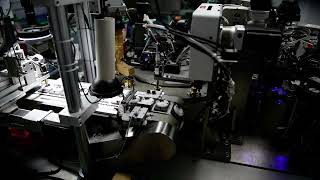What is Mono in Audio?
Mono, short for monaural or monophonic sound, is audio that is captured, processed, and played back through a single audio channel. Unlike stereo, which uses two separate channels for left and right output, mono sends the same signal to all speakers or headphones. It remains a foundational format in sound engineering due to its simplicity and reliability in specific audio contexts.
Characteristics of Mono Audio
-
Single Channel Output:
Mono audio mixes all sources into one channel, sending the same signal to every speaker. It provides no spatial information but ensures consistent sound from any speaker.
- Mechanism: One audio signal split equally across output devices.
- Experience: Sound feels centered, regardless of speaker position.
-
Uniform Sound Field:
Every listener hears the same thing, no matter where they are standing relative to the speakers. This makes it ideal for announcements and voice recordings.
- Benefit: Consistent audio in large spaces.
- Limitation: No left/right separation or immersive experience.
-
Simple Setup:
Mono systems require fewer channels, microphones, and less complex mixing—ideal for small setups or constrained budgets.
- Advantage: Low resource requirement, easy troubleshooting.
- Challenge: Limited creative freedom for spatial design.
Where is Mono Audio Used?
- Public Address Systems: Ensures voice clarity and uniform coverage in halls, stadiums, and transport hubs.
- Telephony & Voice Calls: Mobile and landline audio still uses mono for efficient bandwidth use and voice prioritization.
- Podcasts & Voiceover Work: Mono ensures clarity on all devices and reduces file size.
- AM Radio Broadcasts: Traditional mono format for wide signal reach and simplicity.
- Hearing Aids & Accessibility Devices: Mono is often preferred for clarity and compatibility.
Mono vs. Stereo Audio
| Aspect | Mono | Stereo |
|---|---|---|
| Channels | Single audio channel | Two separate channels (left and right) |
| Sound Experience | Centered sound, no spatial direction | Immersive with spatial cues |
| Setup | Simple and cost-effective | Requires more equipment and design |
| Best For | Voice, speeches, utility announcements | Music, movies, gaming |
| Compatibility | Works on all systems | Needs proper stereo playback for full effect |
Advantages of Mono Audio
- Simplicity: Easy to record, mix, and broadcast.
- Uniform Playback: Sound is consistent across all listening positions.
- Efficiency: Requires less storage and processing power.
- Great for Voice: Delivers clear speech without unnecessary spatial effects.
Disadvantages of Mono Audio
- No Spatial Effect: Lacks depth, directionality, and immersion.
- Less Suitable for Music: Instruments and vocals can feel flat or congested.
- Not Ideal for Modern Media: Limits the listener experience in movies and games.
Future of Mono Audio
While stereo and spatial audio dominate entertainment, mono will remain relevant in areas focused on voice clarity and broad compatibility. Emerging technologies like smart speakers, IoT devices, and AI voice assistants still rely heavily on mono for voice commands and feedback.
- AI Assistants: Devices like Alexa, Siri, and Google Assistant use mono for quick, clear communication.
- Accessibility: Mono ensures that audio is accessible for people with hearing in one ear.
- Voice-Powered Interfaces: Mono will continue to play a key role in interfaces where spatial audio is unnecessary.
Conclusion
Mono audio remains a crucial format despite the rise of stereo and immersive audio. Its simplicity, clarity, and compatibility make it ideal for voice-based applications and broad-audience communication. As technology evolves, mono will continue to serve critical roles in both legacy and modern audio environments.
"Mono sound proves that sometimes, one strong voice is all you need to be heard." — Audio Design Principle










